As humans, we experience a wide range of emotions and feelings throughout our lives. Sometimes these emotions can be difficult to understand and identify, leading to confusion and even distress. So, how can we work towards identifying emotions for adults?
Being able to accurately identify our emotions is a critical skill that can help us navigate the ups and downs of life with greater ease and resilience.
In this article, we’ll explore some tips and techniques for identifying feelings and emotions, along with some personal anecdotes to illustrate the importance of this skill.
So, how can you how to identify feelings? How to identify your emotions, and how do you identify your feelings? Read on to know more about identifying emotions for adults.
Related: Meta-Emotions: Why You Need To Be Aware Of Your Feelings About Feelings
Identifying Emotions For Adults: 8 Tips On How To Identify Your Emotions
1. Pay close attention to your emotions and how you feel.
How to identify feelings and emotions?
One of the first steps in identifying feelings and emotions is simply paying attention to them. This may sound obvious, but in our fast-paced and often distracted lives, it’s easy to overlook our emotions or brush them aside.
One way to become more attuned to your emotions is to set aside a few minutes each day for introspection. This could involve meditation, journaling, or simply taking a few deep breaths and checking in with yourself.
During this time, try to notice any emotions that are present, even if they are subtle or fleeting. You might also want to take note of any physical sensations that accompany these emotions, such as tension in your shoulders or butterflies in your stomach.
Personally, I’ve found that journaling is a particularly helpful tool for identifying emotions for adults and processing them. Whenever I’m feeling overwhelmed or confused, I’ll take out my journal and start writing.
Sometimes I’ll start with a simple question, like “How am I feeling right now?”. Other times, I’ll just start writing and even venting sometimes, on paper, without worrying too much about spelling errors, structure, or grammar. I find that the act of putting my thoughts and emotions down on paper helps me to make sense of them and gain clarity.
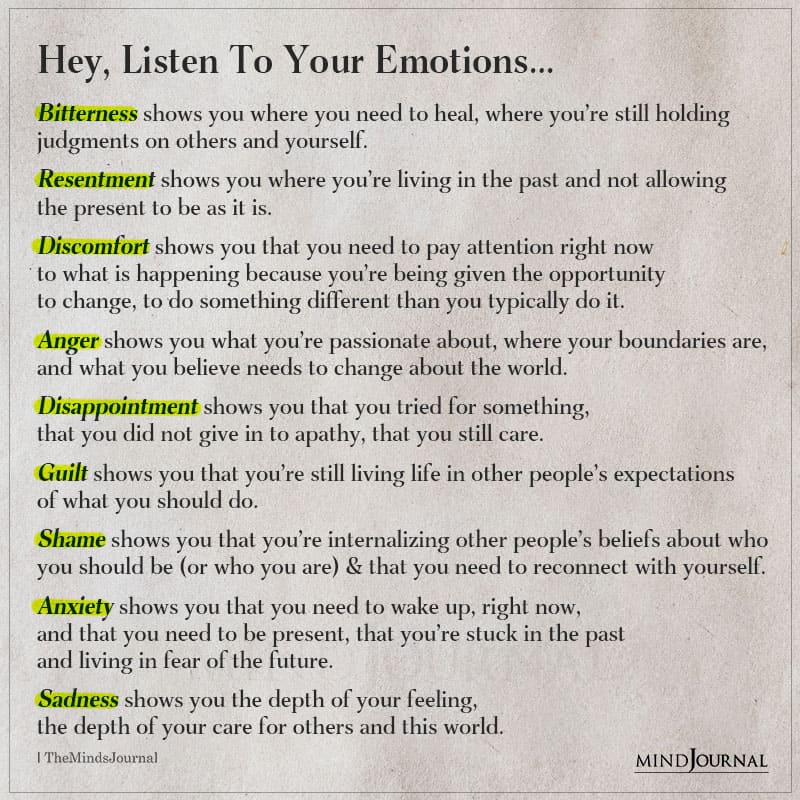
2. Pay attention to your thoughts and beliefs.
Our thoughts can often influence our emotions, so noticing the thoughts that arise when you experience certain emotions can provide valuable insight. For example, if you find yourself feeling anxious, you might ask yourself what thoughts or beliefs are contributing to that anxiety.
Are you catastrophizing about the future? Are you worried about being judged by others? Once you’ve identified the thoughts or beliefs that are fueling your emotions, you can start to challenge them and replace them with more realistic and helpful ones.
I’ve personally found that this technique has been especially useful for dealing with my anxiety. When I’m feeling anxious, I’ll often catch myself catastrophizing and imagining the worst-case scenario.
However, once I’m able to identify these thoughts and recognize that they are not based on reality, I’m better able to manage my anxiety and focus on more productive and positive thoughts.
3. Recognize and understand that emotions are not always straightforward or easily categorized.
If you are wondering how to identify feelings and emotions, then always, always keep this in mind.
Sometimes we might experience what’s known as mixed emotions, where we feel conflicting emotions at the same time. For example, you might feel happy and excited about a new job opportunity, but also sad and anxious about leaving behind your current job and colleagues.
In situations like these, it can be helpful to take a step back and acknowledge the complexity of your emotions. You don’t have to try to resolve or eliminate conflicting emotions – sometimes simply acknowledging them can help you to move forward.
In my own life, I’ve often struggled with conflicting emotions when it comes to family relationships. For example, I might feel angry or hurt about something a family member has said or done, but at the same time, I also love and care for that person.
In situations like these, I’ve found that acknowledging and accepting my conflicting emotions can help me to navigate the situation with greater compassion and understanding.
Related: Ekman’s 6 Basic Emotions and How They Affect Our Behavior
4. Understand that the words you use matter a lot.
Identifying emotions for adults means you need to recognize and understand that the words you use matter a lot.
It’s important to broaden your emotional vocabulary by taking a moment to consider what to call a strong emotion you’re experiencing. But it doesn’t stop there – you can challenge yourself to come up with two more words that describe how you’re feeling.
This exercise can reveal the breadth of your emotions and potentially uncover a deeper emotion that may have been buried beneath the more obvious one.
However, this practice shouldn’t be limited to “negative” emotions alone. It’s just as important to apply it to “positive” emotions as well. For instance, when starting a new job, being able to say that you’re excited about it (not just “nervous”) can set a more positive intention for the role and lead to greater success down the road.
Similarly, recognizing that you trust a colleague (not just thinking they’re “nice”) can strengthen your relationship and enhance your collaboration.
This can lead to more fulfilling and successful personal and professional relationships. So, next time you’re experiencing an emotion, take a moment to consider what to call it and challenge yourself to come up with two more words that describe how you’re feeling. You might be surprised at what you discover.
5. Pay attention to your physical sensations.
How do you identify your feelings? One of the most effective ways for identifying feelings and emotions is to pay attention to your physical sensations. Emotions often manifest in the body, and by tuning in to these sensations, you can gain valuable insight into how you’re feeling.
For example, when you’re feeling anxious, you might notice that your heart rate is elevated, your palms are sweaty, and your breathing is shallow. When you’re feeling sad, you might feel a heaviness in your chest or a lump in your throat. When you’re feeling angry, you might notice tension in your jaw, clenched fists, or tightness in your stomach.
By focusing on these physical sensations, you can start to understand what emotions you’re experiencing and how intense they are. This can help you to respond in a more productive way, rather than reacting impulsively or becoming overwhelmed by your emotions.
This has personally helped me a lot when it comes to not just identifying but also dealing with my emotions, especially the negative and scary ones.
By paying attention to these physical sensations, I can better understand how I’m feeling and take action to manage my emotions in a healthy and productive way. So next time you’re feeling an emotion, take a moment to focus on your physical sensations and see what insights you can gain.
6. Try to find out in which parts of your body you feel your emotions.
Trying to work towards identifying emotions for adults? Then keep this in mind next time!
If you are thinking about how to identify feelings and emotions, then this is one of the most effective things you can do.
Emotions are complex and can manifest in different ways in different people. However, there are certain physical sensations that are commonly associated with particular emotions. By paying attention to these sensations, you can start to identify and understand our feelings on a deeper level.
For example, anger can cause a tightness in the chest, a clenched jaw, and a pounding headache. Happiness might manifest as a lightness in the body, a warmth in the chest, and a sense of excitement or joy. Sadness can feel like a heavy weight on the chest, tears welling up in the eyes, and a lack of energy.
By paying attention to these physical sensations and identifying the emotions they are associated with, you can gain a deeper understanding of your feelings and learn to manage them more effectively. So next time you’re feeling an emotion, try to focus on where you feel it in your body and see what insights you can gain.
Related: What Is The Wheel of Emotions And Why You Should Use It
7. Focus on the intensity of your feelings.
How to identify your emotions or how to identify feelings, you ask? Try this technique out!
Understanding the intensity of your feelings is just as important as identifying them. Emotions can range from mild to intense, and recognizing where you are on that spectrum can help you take appropriate action to manage them.
Personally, I’ve found that my emotions can vary greatly in intensity depending on the situation. For example, I might feel a mild sense of irritation when someone cuts me off in traffic, but an intense sense of anger if someone disrespects me or someone I care about.
Similarly, I might feel a twinge of nervousness before giving a presentation, but a strong sense of anxiety if I’m dealing with a difficult situation at work.
When I’m feeling intense emotions, I often experience physical symptoms like a racing heart, sweaty palms, or tense muscles. I might have difficulty focusing or feel overwhelmed by my thoughts. In those moments, it can be helpful to take a step back, take some deep breaths, and remind myself that these emotions are temporary and will pass.
On the other hand, when my emotions are milder, I might be able to manage them simply by acknowledging them and shifting my focus to something more positive. For example, if I’m feeling a bit down, I might call a friend or take a walk outside to boost my mood.
By recognizing the intensity of our emotions, we can take the necessary steps to manage them effectively and prevent them from overwhelming us.
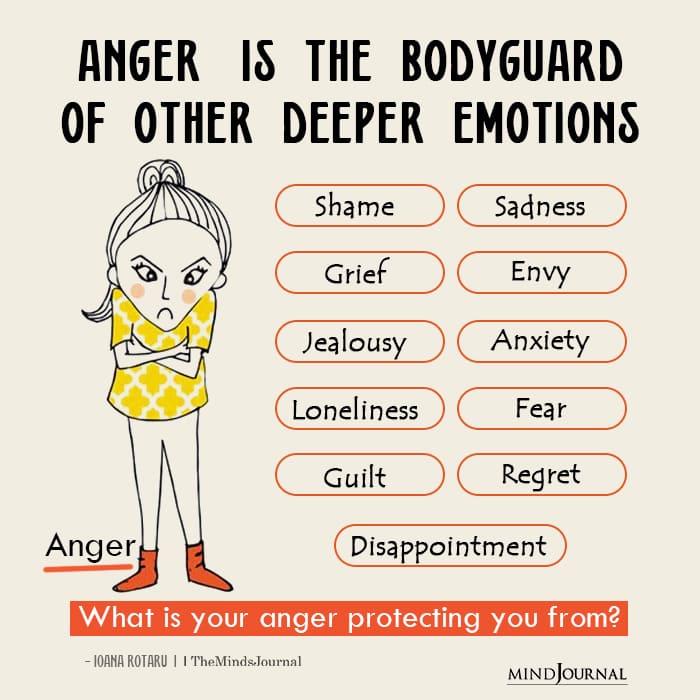
8. Give your feelings a name.
One of the best ways when it comes to identifying emotions for adults is by trying to give your feelings and emotions a name.
Once you’ve recognized and understood the intensity of your feelings, the next step is to give them a name. It might seem simple, but putting a label on your emotions can help you process them more effectively and communicate them to others.
I’ve found that giving my emotions a name helps me take ownership of them and feel more in control. When I’m feeling angry, for example, simply saying “I’m angry” can help me acknowledge and accept that feeling, rather than trying to push it away or deny it.
Of course, sometimes it can be difficult to identify exactly what we’re feeling, especially if we’re experiencing a complex mix of emotions. In those cases, it can be helpful to break down the feeling into its component parts. For example, if I’m feeling overwhelmed, I might identify that I’m experiencing a mix of anxiety, frustration, and exhaustion.
Once you’ve given your emotions a name, you can start to explore where they’re coming from and what you can do to manage them. If I’m feeling sad, for example, I might reflect on what’s causing that feeling and think about ways to address it. Or if I’m feeling excited, I might channel that energy into pursuing a new goal or trying something new.
Giving our emotions a name is a small but important step in understanding and managing our feelings. So next time you’re experiencing an emotion, take a moment to give it a name and see what you discover.
Related: 12 Types Of Body Pain That Are Linked To Emotions and Mental State
How To Respond To Your Emotions?
Of course, identifying feelings and emotions is just the first step – once you’ve recognized what you’re feeling, the next step is to figure out how to respond to those emotions in a healthy and productive way.
1. Self-care.
Once you know how to identify feelings, self-care should be your number one priority.
Self-care is an important aspect of managing emotions. This could involve activities like exercise, meditation, or spending time in nature. Engaging in activities that bring you joy and help you to relax can also be helpful.
For example, if you’re feeling stressed or anxious, you might try taking a hot bath, listening to music, or reading a book. When I’m feeling overwhelmed, I like to take a walk outside and connect with nature. This helps me to clear my mind and regain a sense of calm.
2. Seeking support from others.
Now that you know how to identify feelings and emotions, don’t hesitate to rely on your loved ones for support.
This can also be an important aspect of managing emotions. This could involve talking to a trusted friend or family member or seeking out professional support from a therapist or counselor.
It’s important to remember that it’s okay to ask for help when you need it, and that seeking support is a sign of strength, not weakness.
3. Taking action.
When it comes to identifying emotions for adults, this is one of the most important things.
Taking action to address the underlying cause of the emotion can be an effective way to manage and reduce the intensity of the emotion.
For example, if you’re feeling stressed about an upcoming deadline at work, you might try breaking the task down into smaller, more manageable steps, or delegating some of the work to others.
If you’re feeling sad about a relationship that has ended, you might try focusing on activities that bring you joy and fulfillment, or reaching out to friends for support and connection.
In my own life, I’ve found that taking action to address the underlying cause of my emotions has been the most effective way to manage them. For example, when I was feeling overwhelmed and anxious about my workload at my job, I talked to my boss about ways to prioritize my tasks and reduce my workload. This helped me to feel more in control and less stressed.
Similarly, when I was feeling sad and lonely after a move to a new city, I made an effort to reach out to new people and participate in activities that aligned with my interests. This helped me to feel more connected and less alone.
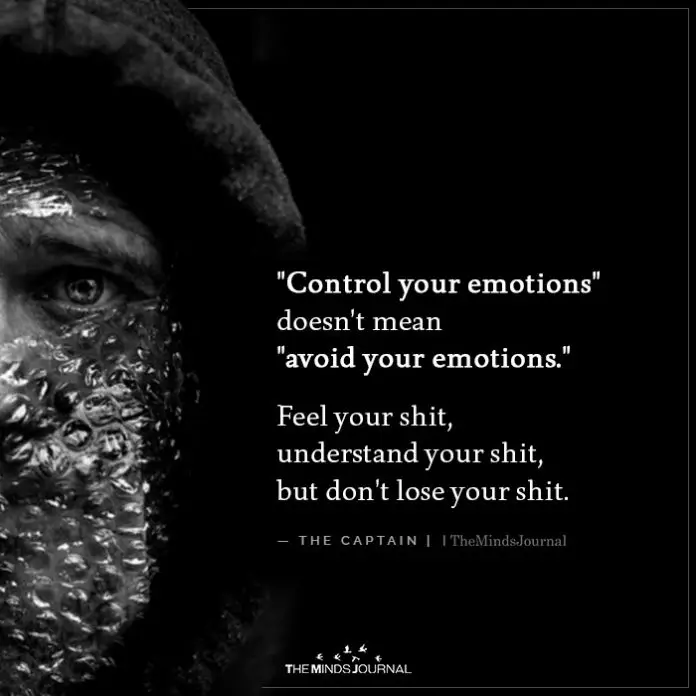
Conclusion
To sum it up, how do you identify your feelings is crucial for your mental and emotional health. Personally, I’ve found that acknowledging and accepting my feelings has helped me feel more in control and less overwhelmed. It’s a small but powerful step towards building emotional intelligence and leading a more fulfilling life.
Related: How To Turn Your Painful Emotions Into Superpowers
So the next time you’re feeling something, take a moment to identify it and give it a name. Don’t be afraid to explore where it’s coming from and what you can do to manage it. Remember, emotions are a natural part of the human experience, and by embracing them, we can learn and grow from them.
How do you identify your feelings? Let us know your thoughts in the comments down below!
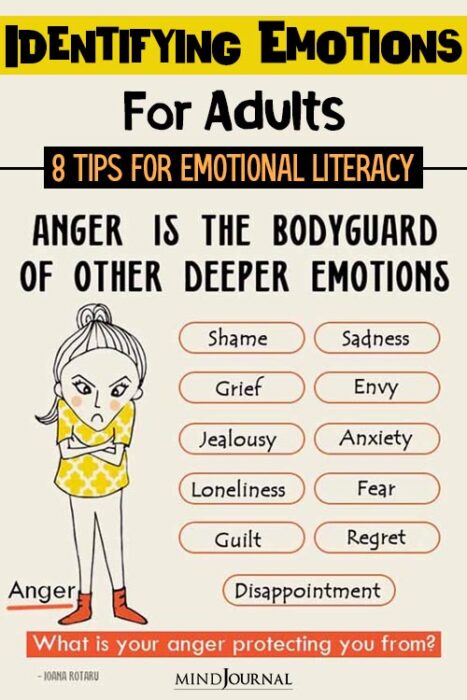
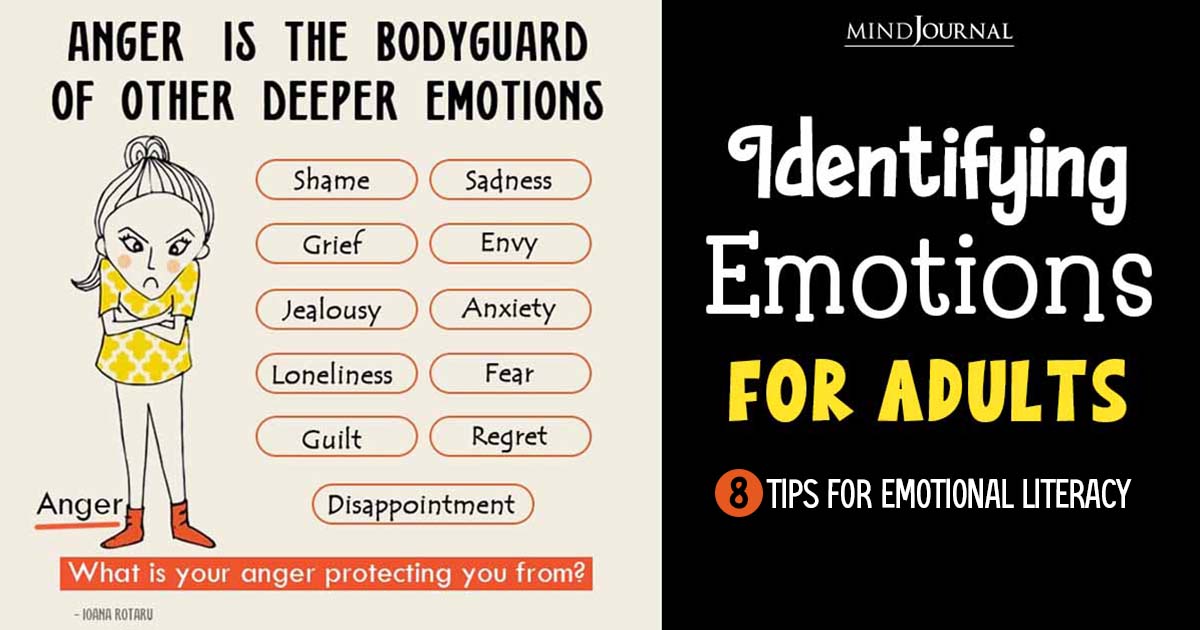



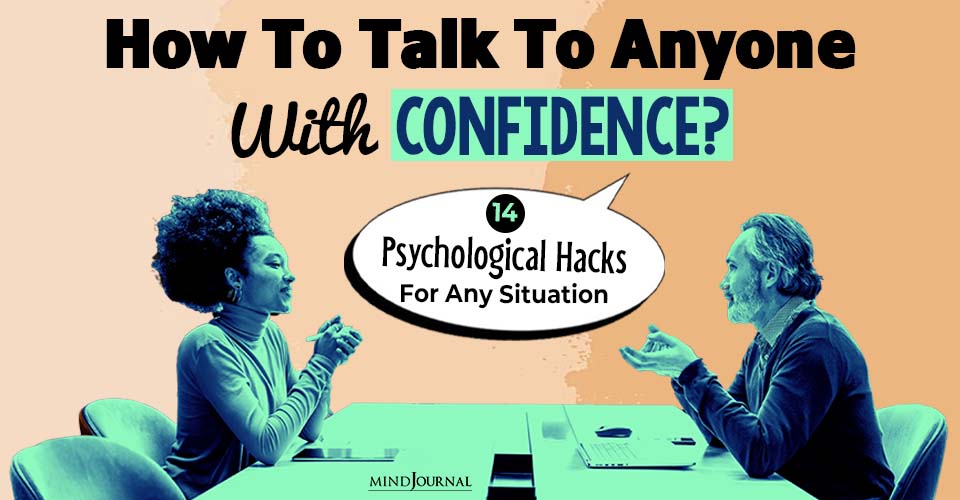

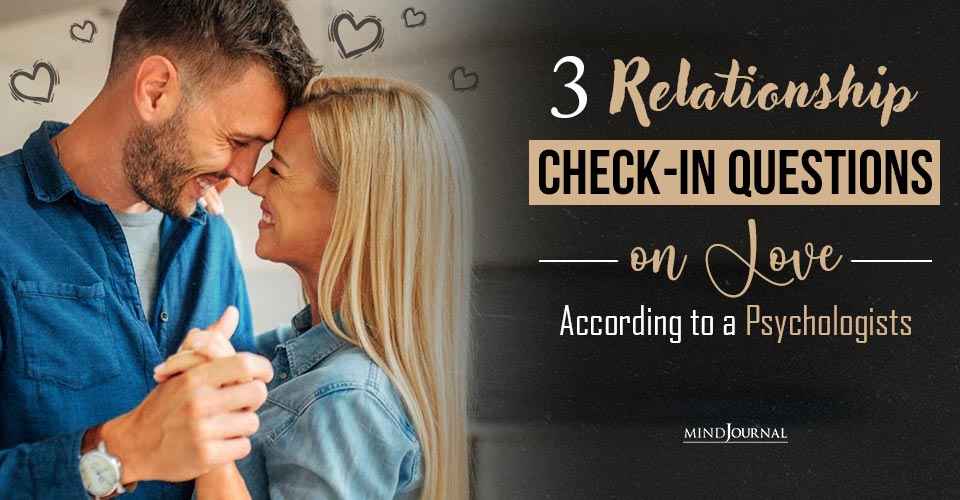
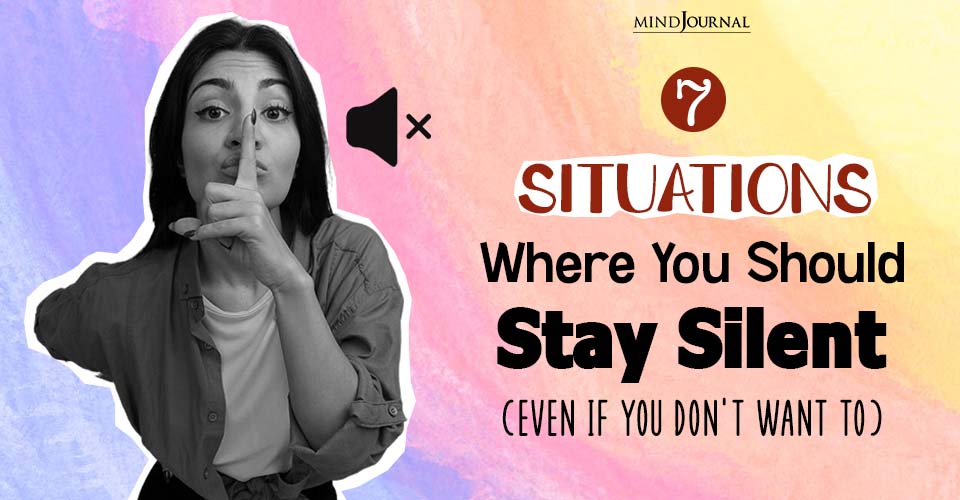
Leave a Reply
You must be logged in to post a comment.